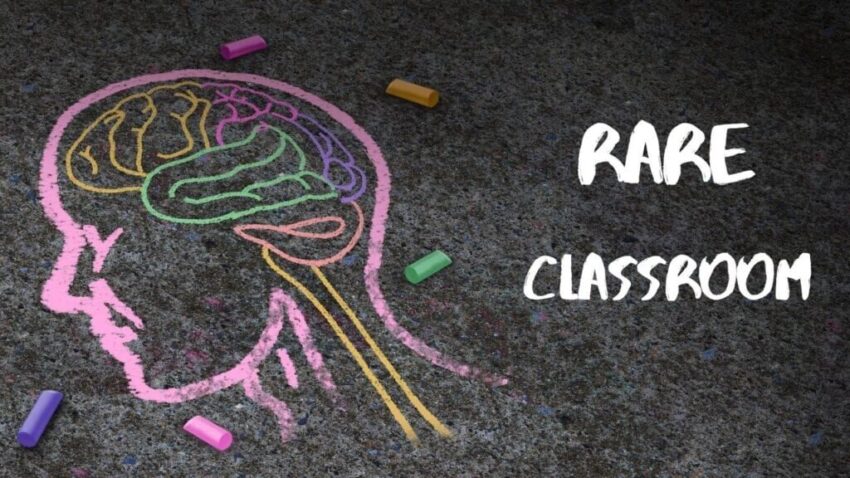Welcome to the Rare Classroom, a new series from Patient Worthy. Rare Classroom is designed for the curious reader who wants to get informed on some of the rarest, most mysterious diseases and conditions. There are thousands of rare diseases out there, but only a very small number of them have viable treatments and regularly make the news. This series is an opportunity to learn the basics about some of the diseases that almost no one hears much about or that we otherwise haven’t been able to report on very often.
Eyes front and ears open. Class is now in session.
The disease that we will be learning about today is:
Sturge-Weber Syndrome
Also called encephalotrigeminal angiomatosis.
What is Sturge-Weber Syndrome?
- Sturge-Weber syndrome is a rare genetic disorder affecting the skin and nervous system
- It’s classified as a neurocutaneous syndrome, or phakomatosis
- There are three different types of Sturge-Weber syndrome which have slightly different symptoms
- MRI and CT are often used for diagnosis of the disorder
- Rates of occurrence are around 1 in 50,000 births
- The syndrome is named after William Allen Sturge and Frederick Parkes Weber, two English physicians
How Do You Get It?
- Sturge-Weber syndrome begins to develop during fetal development
- During fetal development, a cluster of nerves appears in the area that will become the head of the baby. Normally, this cluster goes away later in development, but in cases of Sturge-Weber syndrome, it doesn’t.
- This can affect the development of the brain
- The syndrome is not inherited from parents and appears as a result of a random mutation in the GNAQ gene
What Are the Symptoms?
- Symptoms of Sturge-Weber syndrome vary depending on the case and the type but can include:
- Port-wine stain, which can appear on the forehead and upper eyelid on one side of the face, though sometimes the entire face is covered. It can vary from light pink to dark purple in color
- This marking correlates to malformed blood vessels in the pia mater layer over the brain on the same side as the stain
- Seizures, which start in infancy and tend to become more severe as the child ages. The side of the body opposite of the stain is affected by convulsions
- Glaucoma
- Developmental delays
- Enlarge eyeballs
- Retinoblastoma (less common)
- Hemianopsia (loss of vision in half of the visual field)
- Hemiparesis (weakness affecting one side of the body)
- Port-wine stain, which can appear on the forehead and upper eyelid on one side of the face, though sometimes the entire face is covered. It can vary from light pink to dark purple in color
How Is It Treated?
- Treatment for Sturge-Weber syndrome is primarily based on symptoms
- Laser treatment can be used to lighten the port-wine stain
- Anticonvulsant medication can be used for treating seizures
- Neurosurgery may be used if these medicines are not effective
- Physical therapy can be used for muscle treatment and educational therapy for intellectual disabilities or delays
- Outcomes tend to vary depending on how well patients respond to treatments
Where Can I Learn More???
- Check out our cornerstone on this disease here.
- Learn more from the Sturge-Weber Foundation.



